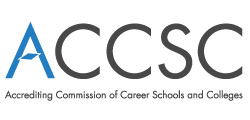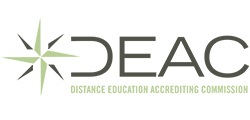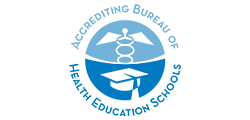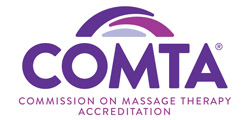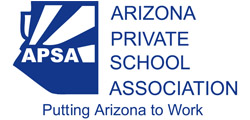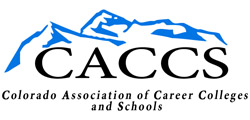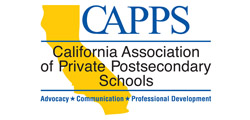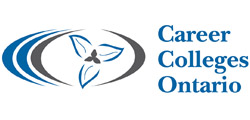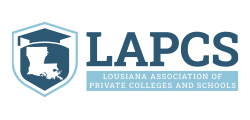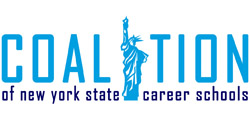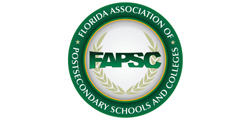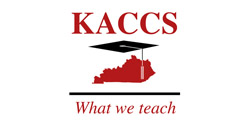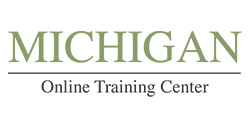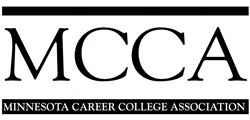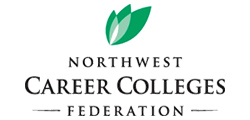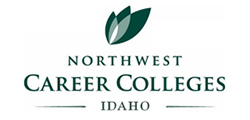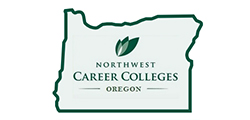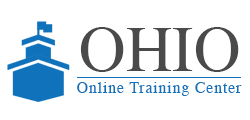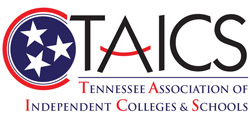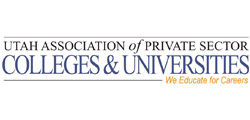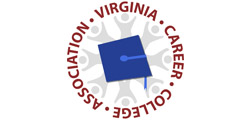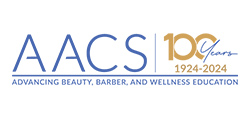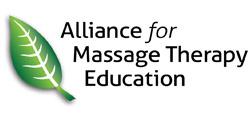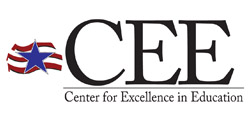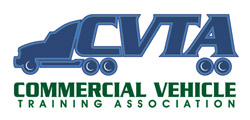Badge Evidence | Completed Courses (4 Hours Each)
CM141FERPA and Privacy: A Practical Approach
The Family Educational Rights and Privacy Act of 1974 (FERPA or the Buckley Amendment) is a federal law in the United States designed to provide students with access to, and the privacy of, their educational records. The law applies to students in higher education and educational institutions that receive funding under a program administered by the U.S. Department of Education. This course is designed to provide participants with a working knowledge of FERPA guidelines to ensure proper handling of educational records and other institutional requirements.
ED101Effective Teaching Strategies
This introductory course covers the essential roles of a teacher and the competencies required to be a successful instructor in an educational institution. Proven techniques and strategies for planning and preparation are presented and discussed. In addition, the course offers effective methods for conducting the first class meeting and delivering course content. This course provides a solid foundation for new instructors and serves as an excellent refresher for more experienced instructors.
ED102Student Retention Methods
The instructor is the real key to student retention at any educational institution. Instructors must keep focused on student motivation and retention each and every day of class. Developing strategies for retaining students throughout the entire training sequence is both complex and rewarding. All instructors should have the goal of seeing all of their students successfully complete their class. This course helps you reach that goal by helping you to understand your students and use proven motivation and retention techniques to keep them enrolled and engaged in the learning process.
ED103Student Learning and Assessment
Educators work with students who want to learn specific skills that will lead to fulfilling careers. As educational instructors it is our job to help each student to achieve this goal. Just as you may have a particular style of teaching that you prefer, your students have preferred ways of learning. This course will help you to identify the different learning styles of your students so that you can adjust your instruction to better accommodate them. Good teachers also regularly monitor the effectiveness of their instruction by assessing their students’ learning. This course will examine several aspects of assessment including how to create good tests, how to ask effective questions and how to get your students to actively participate in their learning by asking questions themselves.
ED104Class Management Strategies
This course provides methods and techniques for managing students and class activities. We start by reviewing the steps instructors need to follow as they introduce a class to new students. We then discuss strategies to effectively deal with unfocused and challenging students. The course ends by describing common mistakes made by instructors and ways to avoid them.
ED114Questioning in the Classroom
Questioning can be one of the most effective classroom teaching strategies. However, many instructors are not familiar with the techniques and research findings associated with good questioning. This course begins by comparing and contrasting the major types of questions and their most appropriate uses. Some relevant statistics and research findings are presented, followed by a discussion of four effective questioning practices. The course concludes by offering a few tips and suggestions for instructors to consider.
ED115RSoft Skills for Instructors
This survey course provides an introductory discussion about how good soft skills help instructors to be successful. A distinction is made between hard skills, soft skills, people skills, and workplace behaviors. Selected soft skills are listed for various categories of businesses and industries, including the teaching profession. Two studies are referenced that highlight skills that are frequently cited in the literature. One study was published in 1997, while the other was conducted specifically for this course in 2024. Selected tips are offered for improving one's soft skills. Numerous hyperlinks are included that direct the reader to a variety of online enrichment materials, including a few online instruments that help individuals learn more about their own soft skills.
ED124Flipping Your Classroom
This course will provide you with a basic overview of the background of an innovative instructional strategy called the Flipped Classroom. This instructional strategy is gaining popularity and differs from traditional instructional strategies. This course will discuss the background, driving factors, benefits, barriers, theoretical grounding, how to prepare to flip your classroom, and the components of the Flipped Classroom. The impact on student learning will also be discussed in addition to instructor preparation and the future of the Flipped Classroom.
ED131Teaching Students with Autism
Awareness about autism and the impact it has on the lives of those that have been diagnosed with it has grown greatly in the past few years. There has been an increase in enrollment of students who are on the autism spectrum in career education. This course will provide you with the characteristics of autism so that you will have an understanding of what autism is and how it impacts the learning of these students. Specific strategies for working with students who have been diagnosed as being on the autism spectrum will be provided, to enhance the engagement and learning success of students with autism.
ED136Assessment Alternatives for Instructors
Career education programs prepare students to perform job tasks successfully in their chosen trade or profession. Providing opportunities beyond traditional quizzes and exams allows students to demonstrate and assess these skills and aids in this preparation. This course focuses on how you, the instructor, can identify and implement alternative assessments that support expected course outcomes and allow students to demonstrate their level of competency for a skill or task.
ED206Teaching in the Lab and Shop Environment
The classroom in an educational institution is often more than just chairs, books, and a white board. Frequently the learning takes place in a lab or shop environment, where the traditional rules of classroom management and teaching may not always apply. This course covers the instructional techniques necessary for the non-traditional classroom, including strategies for teaching to each student's individual learning style. In addition, this course describes strategies for assessing student progress. Safety guidelines and considerations for specific lab and shop environments are identified.
ED209Students as Customers
As opportunities for education become more prevalent, educational institutions must compete to increase, or even maintain, their student enrollment levels. More and more institutions are adopting the strategy of treating students like customers in order to be successful. This course will review the characteristics of adult learners and determine the reasons adult students leave the institution. It will discuss the concept of interacting with students as though they are customers and how the students-as-customers concept relates to the instructor and the classroom. This course will also describe the methods and techniques of effective communication. Included are guidelines and techniques for advising and mentoring students.
EE101Emergency Response Plan
This course will familiarize you with the key components of the Emergency Response Plan. The plan is designed to ensure the safety of students, faculty, and staff in the event of an emergency. By completing this course, you will be better prepared to respond safely and effectively in the event of an emergency at your institution.


